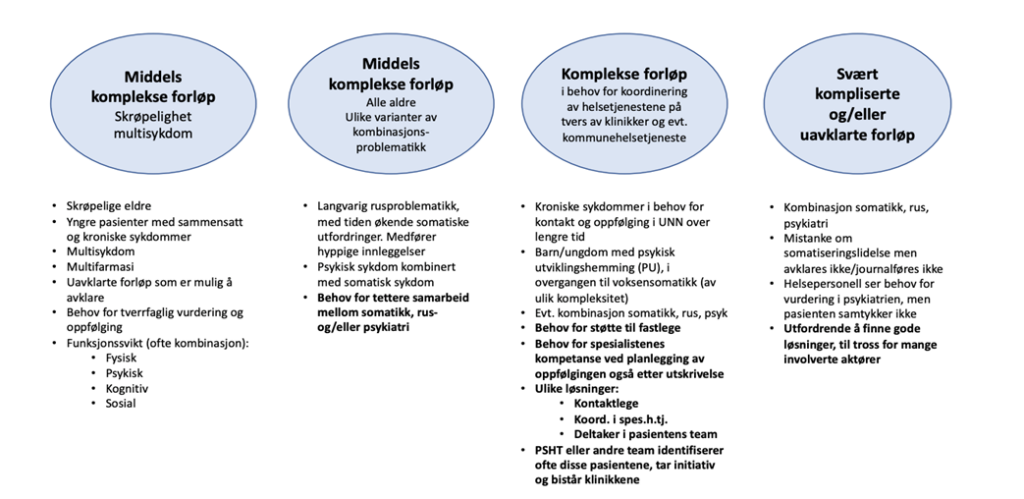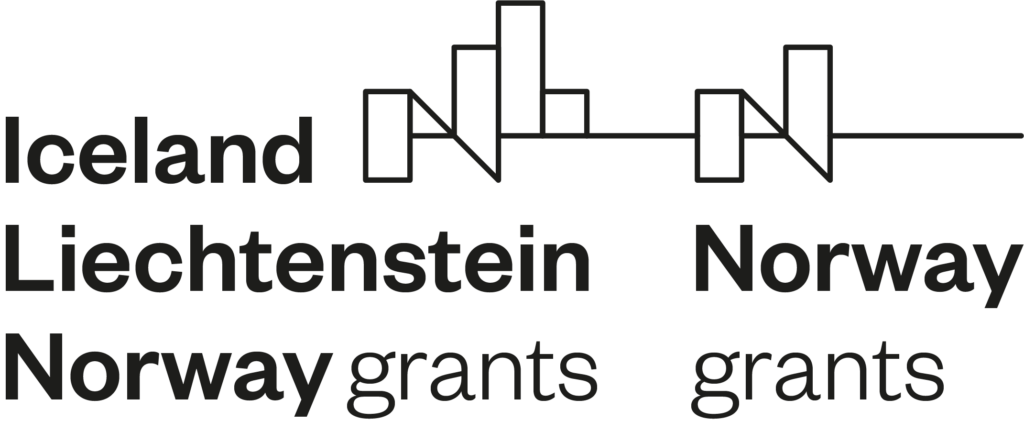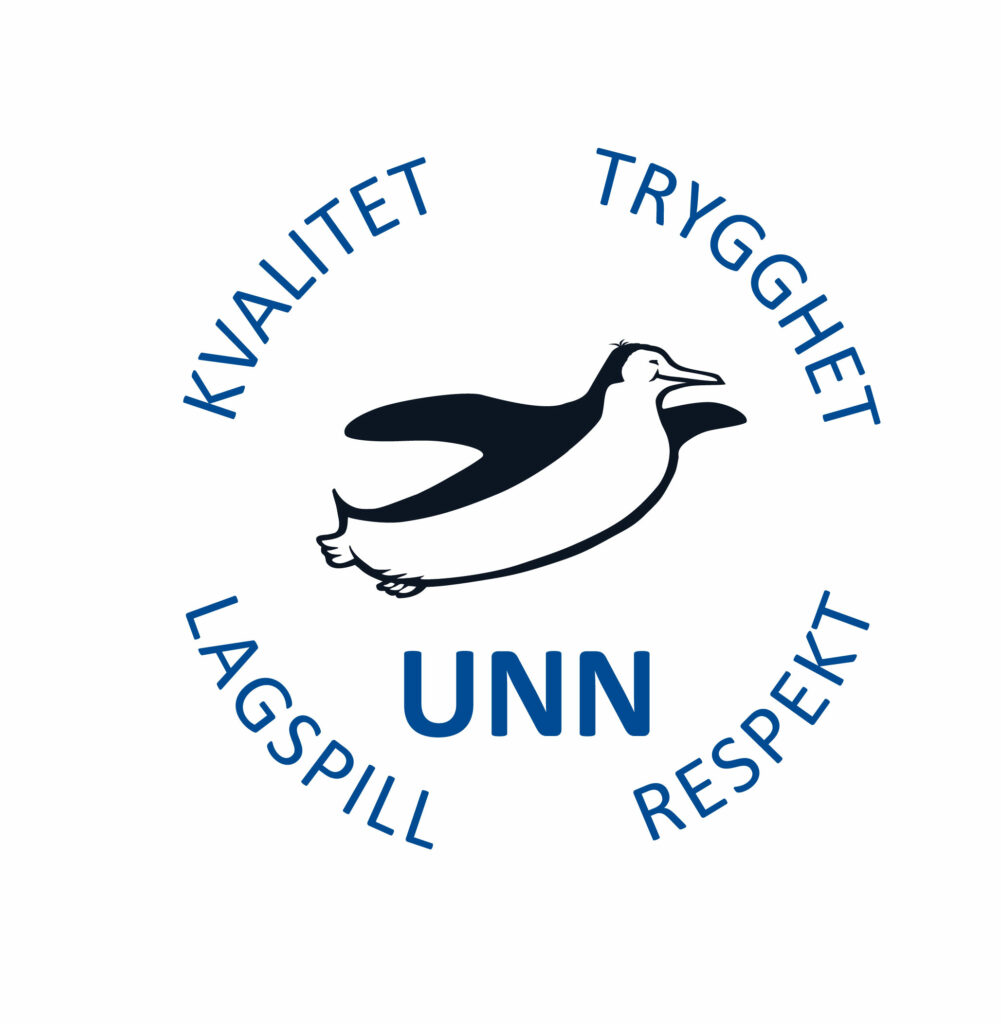Why a Person-Centred Health Service?
© pikselstock- stock.adobe.com
Major Recipient Initiative and Patient-Centred Team (PACT)
In 2021, the University Hospital of North Norway (UNN) initiated a project aimed at identifying patients with multiple and complex needs, known as major recipients of health services. This group requires a holistic, proactive, person-centred approach to healthcare, including follow-up plans. There is often a potential for prevention through correct decisions and prepared measures that can be implemented quickly to avoid crises and ensure the right prioritisation of complex health conditions.
The project leveraged insights and findings from the Patient-Centred Team’s pilot work, a collaborative effort from 2013 to 2017 involving UNN Tromsø, UNN Harstad, Balsfjord, Karlsøy and Senja municipalities. During this project, UNN went from a collaboration on patient-centred health services with five municipalities to include all municipalities in the Health Community of Troms and Ofoten, and the target group has been expanded to include the four prioritised patient groups in the National Health and Hospital Plan. Moreover, the target group has been expanded to the four prioritised patient groups in the National Health and Hospital Plan.
The final report on the major recipients’ project has recently been considered by the UNN Health Trust. The decision was to follow up the initiative for patients in need for multiple health services, focusing on integration and further development of digital tools in patient pathways, as well as reinforced implementation in operations in collaboration with the municipalities and the Northern Norway Regional Health Authority (Helse Nord - HN). This initiative will be maintained by the Health Community Troms and Ofoten also in the future.
Patient-Centred Health Service Teams
Patient-Centred Teams (PACT) consist of interdisciplinary groups bridging specialist health services and municipal healthcare, aiming to bolster care for patients with complex and chronic conditions. This is done by ensuring comprehensive and coordinated patient processes, based on a patient-centered approach and led by the question "What is important to you?". The team contributes to early assessment and intervention, early supported discharge and follow-up of the patient after discharge.
The goal for patients referred to PACT is to establish proactive measures and a plan that helps to reduce crises. This is enabled by developing a person-centred plan implemented in the patient's pathway with everyone involved, including both patient and relatives.
Sustainable team models have been established with each of UNN's 24 municipalities. These ensure scalability and local adaptation of expertise and patient needs (see image below).

Network of contacts between the PACT units and the municipalities from the Emergency Reception Report. UNN HF (Norwegian)
Impact on Service Use
Improved resource utilization in hospitals and municipalities
Berntsen et al have shown that the number of immediate help admissions decreased by 10% among patients who received follow-up from PACT teams. The number of hospitalization days related to immediate help admissions was also reduced by 32% for these patients. Berntsen and colleagues concluded that the intended increase in the use of outpatient consultations ensured a more proactive follow-up of PACT patients.
In a subsequent replication study of the research results by Berntsen et al, which was based on the Norwegian Patient Register (Norsk pasientregister – NPR) and the Norwegian Registry for Primary Health Care (Kommunalt pasient- og brukerregister – KPR) data, a working group under the auspices of the South-Eastern Norway Regional Health Authority (Helse Sør-Øst)– in connection with the national revision of the projection model for somatics – confirmed the results of the PACT effect.
The group also conducted an analysis of municipal data and"...found in addition a relative reduced use of short-term stays in the municipality and a relative increase in home health services. This indicates that we can expect effects of targeted measures with integrated health services, in both specialist and primary health care".
Based on activity data from UNN, the analysis group estimated that PACT's measures resulted in a decrease of 2400 hospitalization days – an effect of shorter hospital stays and fewer emergency admissions. This implies a reduction in the need equivalent to 6.58 beds annually, given the challenges UNN experienced in 2022. UNN treated 871 referrals that year, which represents about 60% of the possible capacity of 1500 referrals, indicating a significant growth potential for referrals in the coming years.
Activity figures from the emergency departments at UNN (2021 and 2022) show that the proportion of patients over 80 years old is lower than in 2017, despite an increasing proportion of elderly in the population. This contrasts with other hospitals, which experience capacity problems with the wave of elderly in emergency departments. Our findings differ from other health trusts.
The previously published positive effect on reduced mortality among PACT patients was also confirmed in a new analysis, now with an effect up to 12 months.
In an evaluation based on self-reporting from PACT teams from November 2022 to February 2023, it appears that a large proportion of relatives (65-75%) participate in the treatment. The teams report that 75-89% of the patients are assumed to have a positive effect from the treatment. Digital tool use has increased to 24-50%, and all patients who were qualified for it have received a customized comprehensive plan.
Interdisciplinary and interagency composition can have different models: a joint physically co-located team, close collaboration between teams, or remote digital collaboration through digital consultations, advice, and interaction. Professional groups included in the team should be adapted to the target group and implementation area the hospital and municipalities agree on. When resources from both organizations are co-located in one joint team, ownership is secured and better opportunities for service development and innovation are ensured throughout the patient pathway.
Interdisciplinary teams perform health care and work together with already involved partners in the patient pathway. PACT is meant to support and strengthen regular services. All participants and general practitioners have well-defined roles and responsibilities.
The Way Forward
The project on major recipients of health services at UNN has identified degrees of complex patient pathways and their need for comprehensive follow-up.

Model for various levels of complexity and typical services that the team model will investigate. (The image is taken from the Emergency Reception Report, UNN HF and the municipalities).
Investment in the team model at UNN has been made through the allocation of strategic funds in UNN 2021 for operations and projects. This has been implemented as a redistribution of funds in the hospital to teams; PACT and FACT (Flexible Assertive Community Treatment).
The experiences from PACT in UNN are that the effects of the team are established. This enables UNN to ensure that the benefits can be traced in the management. This will achieve the sustainability of the team initiative. The model is aimed at a shift towards more person-centred and proactive attitude of the patient towards the treatment. In the long term, the team may become redundant.
Recently, UNN has concluded the final report summarizing experiences with major recipients of health services by means of the team methodology. Further follow-up has been decided, which includes benefit realization, further development of cooperation with the clinical environments in UNN and the municipalities regarding the vulnerable patient groups, as well as to reinforce the system for coordinating patients with statutory rights. UNN will also further develop digital tools and strengthen implementation in operation in collaboration with the municipalities and HN. Also In the future, the initiative for major recipient of health services will be taken care of by the Health Community of Troms and Ofoten.


